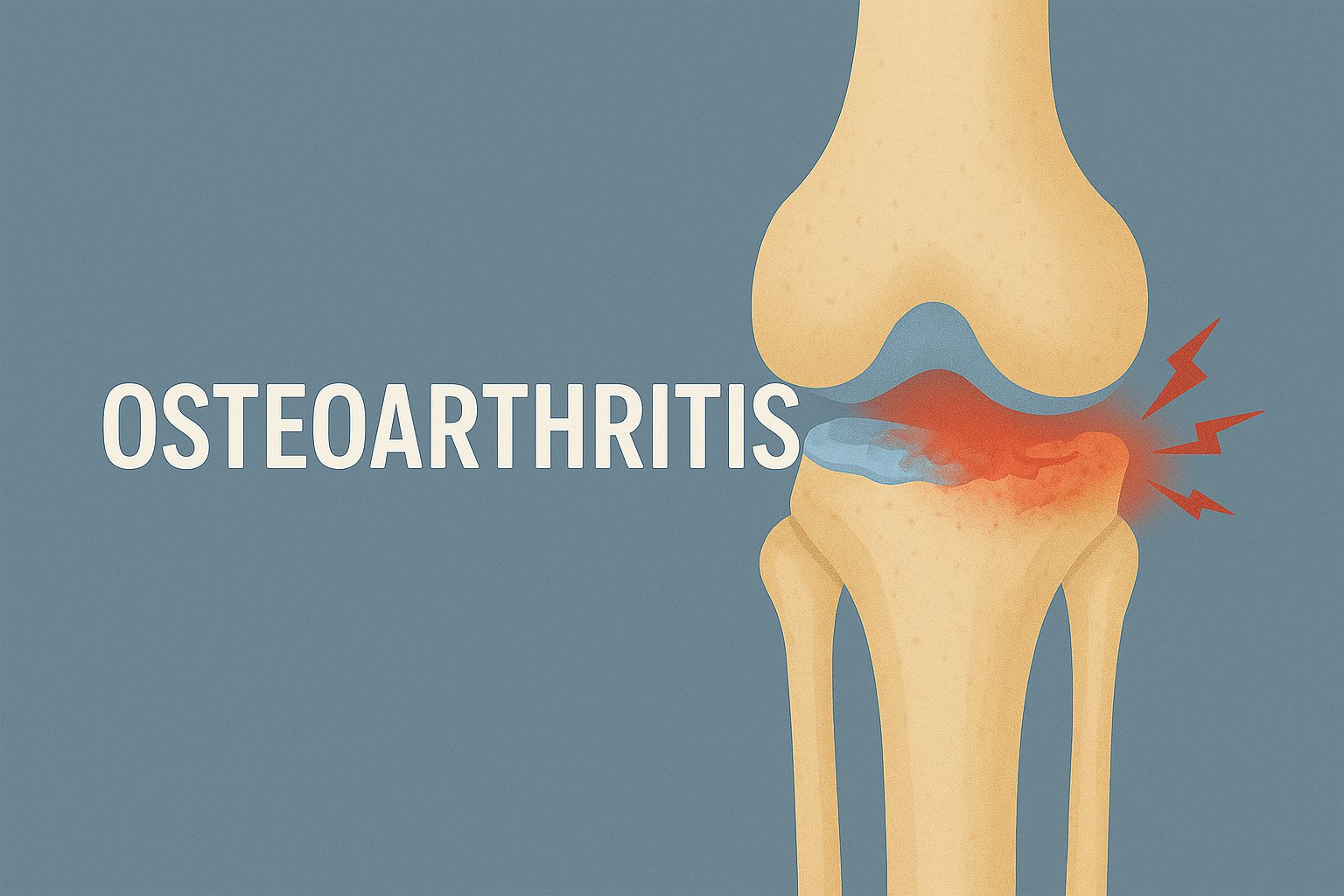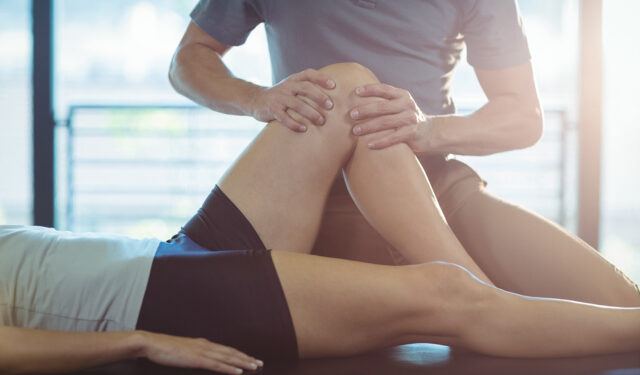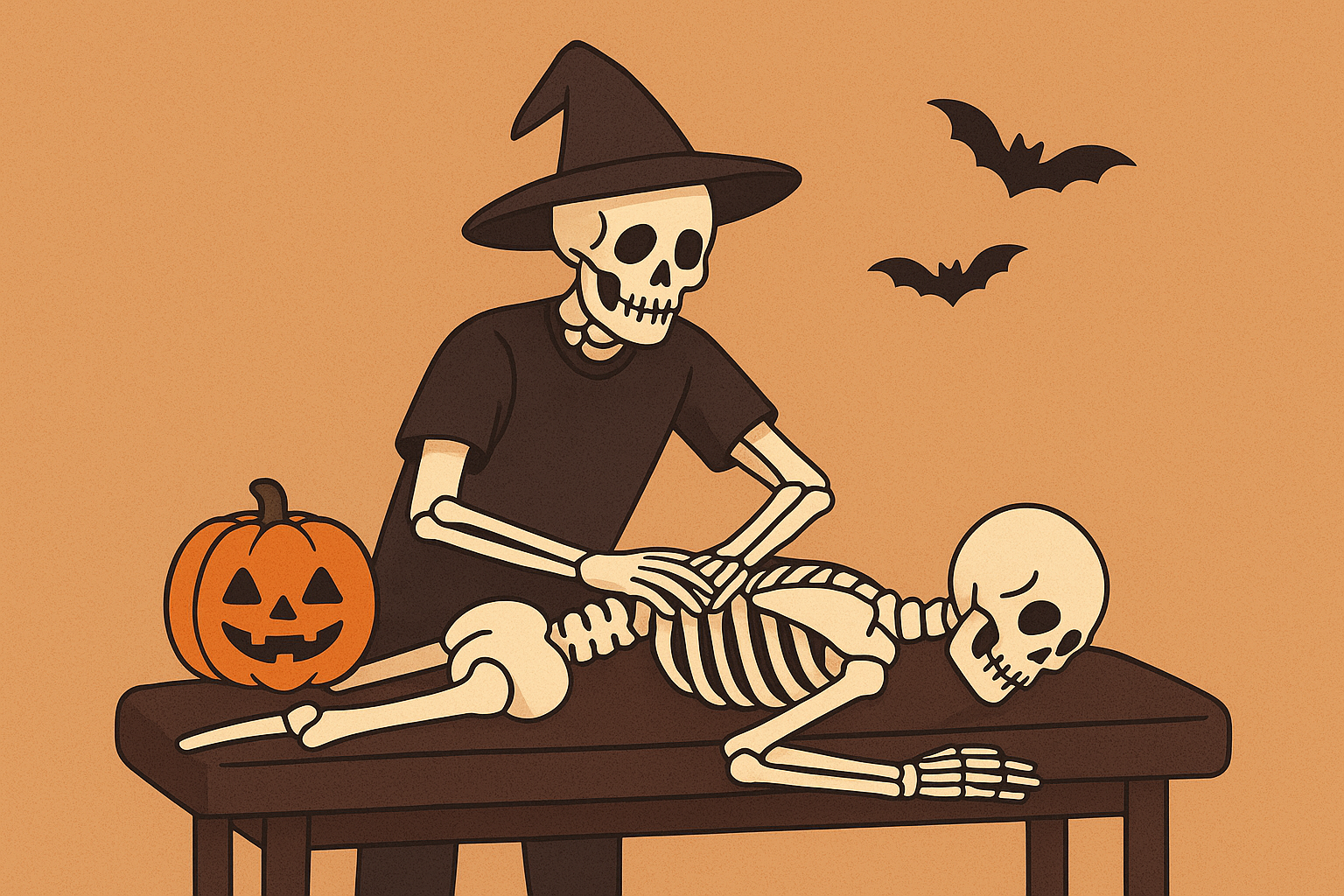Common Causes of Knee Pain
Knee pain is a common complaint that we see in our Chiropractic centres. It is a big subject, so we have listed the most common causes below that we see in our Chiropractic centres.
If you do not find what you are looking for please contact us. We are happy to help. (Delete Mentions this later)
- Local Causes: Trauma – causing excessive movement (instability) Overuse – repetitive movements, associated joint dysfunction Inflammatory conditions (inflammatory arthritis) – rare Underlying pathology (osteomyelitis/infection, tumours) – very rare
- Referred pain from: Low back facet joints Sacroiliac joints Hip joints Muscles over the hips and surrounding the knee
- Nerve compression in: Low back Pelvis Thigh
- Biomechanical dysfunction of surrounding joints: Feet for example flat feet, pronation of hip and pelvis
What can I do to prevent knee pain?
Traumatic injuries
When it comes to traumatic injuries we suggest that you use common sense in the activity you participate in; use appropriate equipment, assess the risk, don’t push yourself beyond your ability and don’t participate if you are injured. Remember, the fitter and stronger you are the less likely you are to have an injury, so prepare yourself well for the activity you are planning to participate in and warm up before starting the activity.
Overuse injuries
When it comes to overuse injuries it is important to have a structured training programme. Build up your activities gradually. Remember that by the time the pain appears it is too late and the amount of rest you may need to get over it, will spoil your plans to participate in the event you were so looking forward to.
As a rule of thumb, if you are new to an activity or haven’t done it for a long time, don’t do it more than twice a week to start with and do half the distance or time you were planning to do. If you have a training partner, just remember we are all different and need different amounts of rest between sessions and we can cope with different levels of training. As with all orthopaedic conditions involving the muscles and joints, it is important not to ignore them.
The longer you leave a problem to progress the more difficult it will be to help and treat it. For example, with patello-femoral pain the injury causes inflammation in the joint and during the inflammatory process chemicals are released inside it that reduce the lubrication of the joint, which promote further breakdown of the cartilage. So it becomes a vicious cycle. It is compounded further by taking anti-inflammatory medication, some of which have been shown to slow down healing or even promote breakdown of joint cartilage.
Please select from the list below to read more about specific conditions and how Chiropractic treatment can help.
Location of pain in different knee disorders
Location of pain in different knee disorders divided into, 1. Traumatic injuries (e.g. impact, collision, fall), and, 2. Non-traumatic injuries (e.g. overuse injuries, gradual onset).
Pain in the front of the knee (anterior)
- Traumatic injuries
- Bursitis – a fluid filled sac, which protects surrounding tissues, may become inflamed
- Patella (kneecap) fracture
- Non-traumatic injuries
Pain in the back of the knee (posterior)
- Traumatic injuries
- Non-traumatic injuries
- Hamstring tendonitis
- Osteoarthritis (OA) – common in over 40s
- Bursitis
- Bakers cyst
Pain on the inside of the knee (medial)
- Traumatic injuries
- Non-traumatic injuries
Pain on the outside of the knee (lateral)
- Traumatic injuries
- Non-traumatic injuries
This list might not have your particular problem listed, but if you would like any more information about knee pain please contact our Chiropractic centres here.



